Explore Nigeria’s Natural Wonders: Millennium Park, Ado Awaye, and Ogbunike Caves
Millennium Park in Abuja, Nigeria, is a significant public park inaugurated in 2003. Designed by the Italian architect Manfredi Nicoletti, the park is located in the Maitama district of Abuja, the capital of Nigeria.
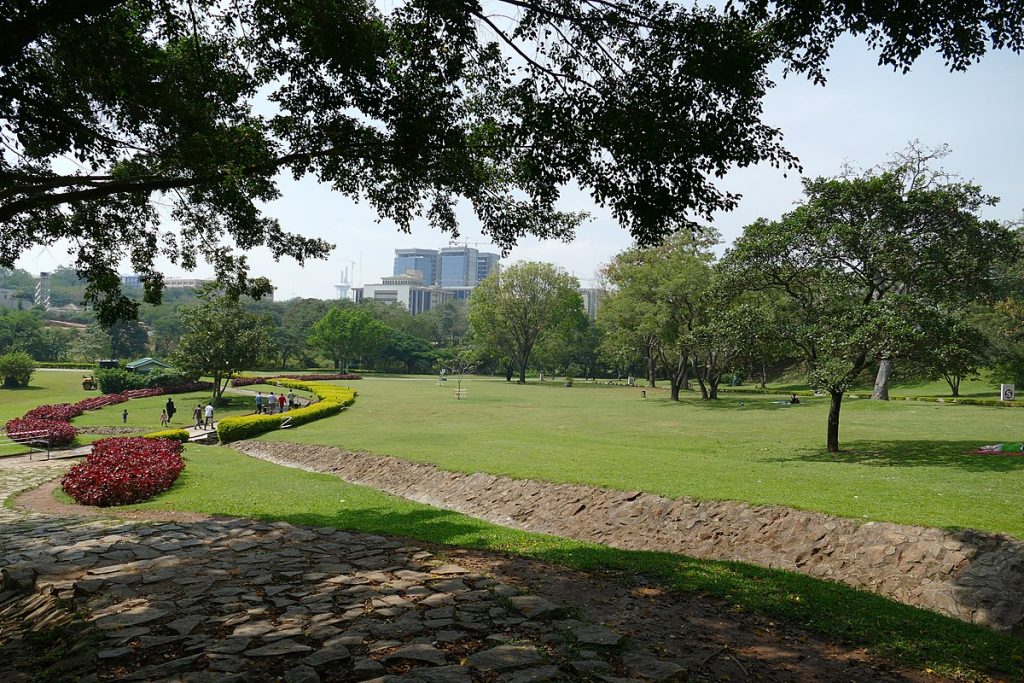
| Type | Public Park |
|---|---|
| Location | Maitama, Abuja, Nigeria |
| Area | 80 acres (32 ha) |
| Created | December 2003; 20 years ago |
| Operated by | City of Abuja and SALINI Nigeria Ltd |

Here are some key features and details about the Millennium Park in Abuja:
- Inauguration: Millennium Park was officially inaugurated by Queen Elizabeth II on December 4, 2003.
- Location: The park is situated in the Maitama district, close to the former Presidential Palace and the nucleus of presidential and administrative buildings in Abuja.
- Park Layout: The park is divided into two main parts by a river along its main rectilinear axis.
- Nature Section: One side of the park is dedicated to uncontaminated nature. It features terraces at different levels showcasing Nigeria’s mountain vegetation, savanna, deciduous forest, rainforest, and brushwood. Greenhouses for butterflies and tropical birds are also present in this section.
- Scientific Knowledge Section: The other side, corresponding to the main entrance from the road, is dedicated to the scientific knowledge of the natural environment. This section features a traditional Italian Style Garden Layout with a rectilinear path paved with Roman white travertine. Fountains and multicolored bushes are part of this area.
- Symbolic Planting: During the opening ceremony, each Commonwealth Head of State symbolically planted a Ravenala madagascariensis palm, contributing to the establishment of the park.
- Prominent Figures: Notable figures present at the opening ceremony included the President of Nigeria, Olusegun Obasanjo, UK Prime Minister Tony Blair, and Queen Elizabeth II.
- Architectural Design: Millennium Park was conceived and designed by the Italian architect Manfredi Nicoletti, and its design has made it one of the main attractions in Abuja.

Farin Ruwa Waterfalls: Awe-Inspiring Wonder in Adamawa, Nigeria
Farin Ruwa Waterfalls, discovered in the 1950s by colonialists, is a breathtaking natural wonder located about 120 kilometers from Lafia, the capital of Nasarawa State in Nigeria. Positioned on the boundary of Bokkos and Wamba local council areas, the waterfall boasts a height of approximately 150 meters and a width of 50 meters, rivaling renowned falls like Canada’s Niagara Falls and Zambia’s Victoria Falls.
Recognized by the World Tourism Organization as a world tourist site, Farin Ruwa is undergoing significant investment from the Nasarawa state government to enhance its tourism potential. The development plan includes the construction of chalets, a hotel complex, a golf course, water and amusement parks, and other recreational facilities. Once completed, this initiative aims to transform Farin Ruwa into Nigeria’s premier tourist destination, placing Nasarawa State on the global tourism map.
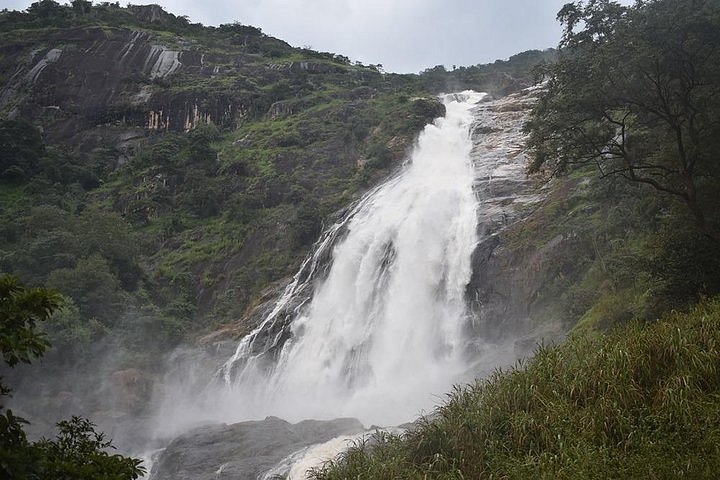
The waterfall is characterized by its captivating cascade of three falls, creating a mesmerizing spectacle. The surrounding environment, with its light forest, offers ideal conditions for eco-tourism, and the area is renowned for birdwatching. Over 2,500 birds from 148 species, including 15 of conservation importance, have been documented, highlighting the significance of the forest reserve in the region.

To experience Farin Ruwa at its peak, the best time to visit is from April through the summer months of July, August, and September. During this period, influenced by mid-year rains, the waterfall becomes tempestuous, roaring down the hills in a stunning display of white water, aptly reflecting its name in the Hausa language, “Farin Ruwa,” meaning “White Water.”
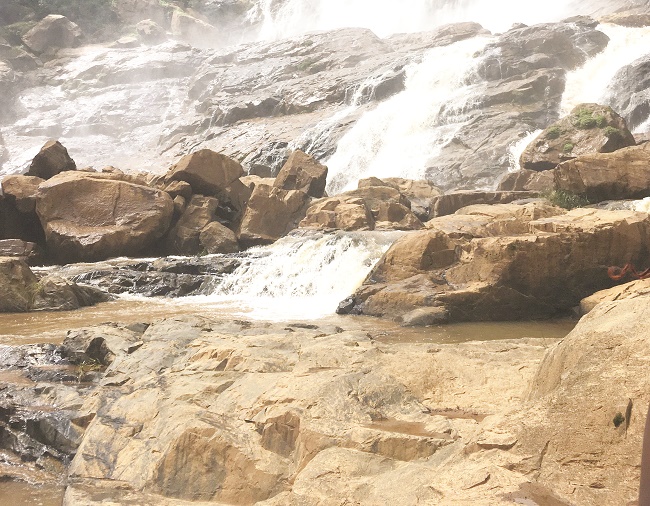
Ado Awaye: Nigeria’s Hidden Gem
Nestled within the lush landscapes of Iseyin local government area in Oyo State, Ado Awaye stands as a small town surrounded by hills and verdant vegetation. This serene town is home to one of the world’s two suspended lakes, rivaling the renowned Hanging Lake in Colorado, USA. The jewel atop Ado Awaye’s crown is the mystical Iyake Lake, perched majestically on the summit of the Ado Awaye mountain.
The Iyake Lake is a natural wonder that defies the typical seasonal fluctuations. Even during dry spells, its crystalline waters maintain a constant level, adding to the allure of this extraordinary destination. The lake, discovered around 1500AD by Dihormy refugees, holds cultural significance, with myths attributing its origin to a barren woman who transformed into water. Locals believe that consulting the lake can provide spiritual solutions, contributing to the mystical aura surrounding it.
Contrary to its American counterpart, the Hanging Lake, the Iyake Lake is untouched by human hands, remaining a pristine reflection of nature’s artistry. The Ado Awaye monarch advocates for governmental investment in preserving this cultural and tourism gem, emphasizing its potential as a vital heritage site.
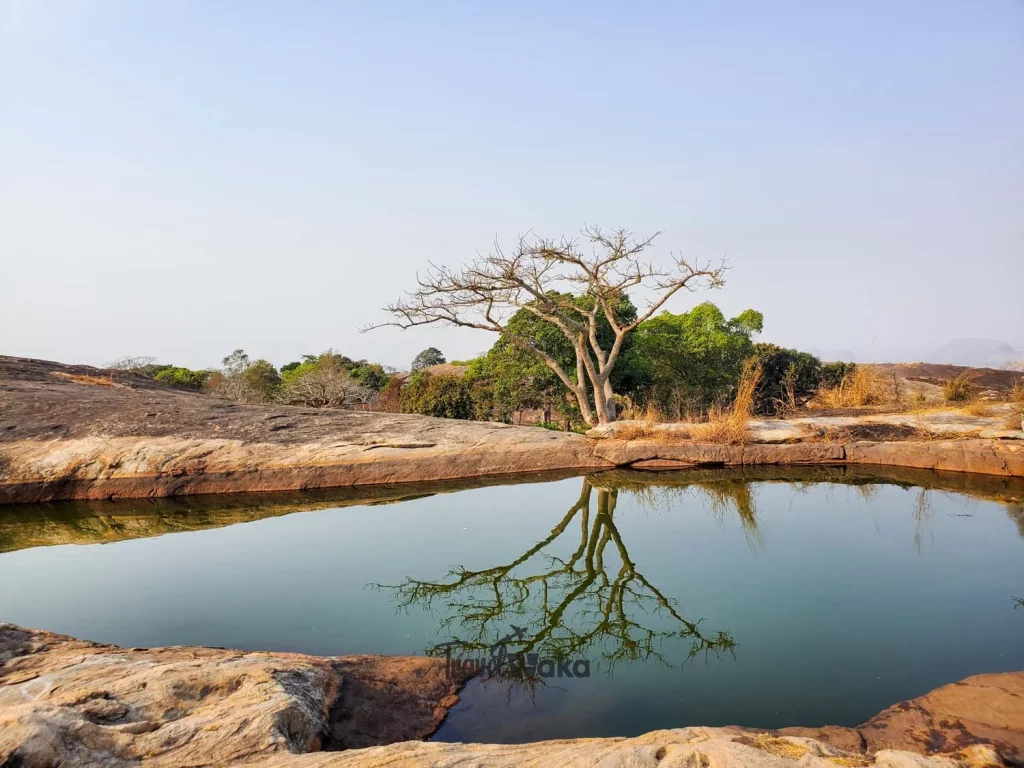
Ado Awaye’s attractions extend beyond the famous Iyake Lake. Ishage Rock, perched on the mountain’s edge, is revered as a rain-bringing deity by the locals, adding a touch of mythology to the landscape. Scattered across the mountain are the “Esè àwon Àgbà” or giant footprints of the elders, believed to be imprints left by ancestors who once inhabited the mountain.
As visitors venture further, they encounter the Elephant Tree, a fallen giant that strikingly resembles an elephant. Tourists are encouraged to climb and capture this natural marvel through their lenses. The daring can tread the “Ese Kan Iku” or the path of death, a trail running along the mountain’s summit. Those who conquer this perilous journey are invited to inscribe their names on the mountain, earning a badge of honor for their bravery.

Ado Awaye is not merely a destination; it is a repository of culture, spirituality, and natural wonders. The annual Oodua festival, celebrated at the mountain, further emphasizes its role as a center of unity and heritage. As the sun sets over the suspended Iyake Lake, Ado Awaye whispers tales of ancient myths and invites all who seek to explore its mystical embrace.
Ogbunike Caves: Nigeria’s Cultural and Religious Wonder
Ogbunike Caves, situated in Ogbunike, Enugu State, Nigeria, is a network of caves and tunnels that holds both cultural and religious significance. This natural wonder attracts visitors, researchers, and religious pilgrims, showcasing the blend of nature and cultural heritage.
Key features and aspects of Ogbunike Caves include:

- Cultural and Religious Significance: Ogbunike Caves are considered sacred and have cultural importance in the local community. The caves are associated with various myths, legends, and rituals, making them a revered site for religious practices.
- Entrance and Network of Tunnels: The caves are entered through a wide and imposing structure that leads to a tunnel network. Exploring the tunnels unveils various chambers and openings, each with its own unique characteristics.
- Iyi Headwater: Inside the caves is a river called the “Iyi Headwater,” believed to have healing properties. Pilgrims and visitors often engage in rituals involving the river, reinforcing the spiritual significance of the site.
- Historical and Archaeological Relevance: Ogbunike Caves have historical importance, with archaeological findings suggesting that the caves have been inhabited and used for centuries. The artifacts found in the caves provide insights into the historical practices of the people.
- Nri Stream: The Nri Stream, which is a part of the complex, adds to the natural beauty of the site. The serene environment, combined with the presence of water, contributes to the overall appeal of Ogbunike Caves.
- Annual Celebration: The local community organizes an annual celebration called “Ime Ogbe” to commemorate the discovery of the caves. During this event, cultural activities, rituals, and festivities take place, attracting both locals and tourists.
- Conservation Efforts: Recognizing the ecological and cultural importance of Ogbunike Caves, efforts have been made for their conservation. The site is monitored, and steps are taken to preserve its natural and cultural features.
- Tourist Attraction: Ogbunike Caves have become a popular tourist attraction, drawing people from within Nigeria and beyond. The site offers a unique blend of natural beauty, cultural heritage, and spiritual significance.
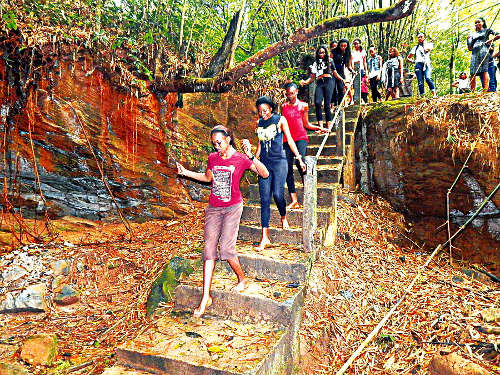
Ogbunike Caves stand as a testament to the harmonious integration of nature and culture. Visitors to the caves have the opportunity to witness the beauty of the underground world while appreciating the historical and religious contexts that make this site a truly remarkable destination.
Read More Explore Nigeria’s Top Rocks, National Parks, and Ancient Antiquities
